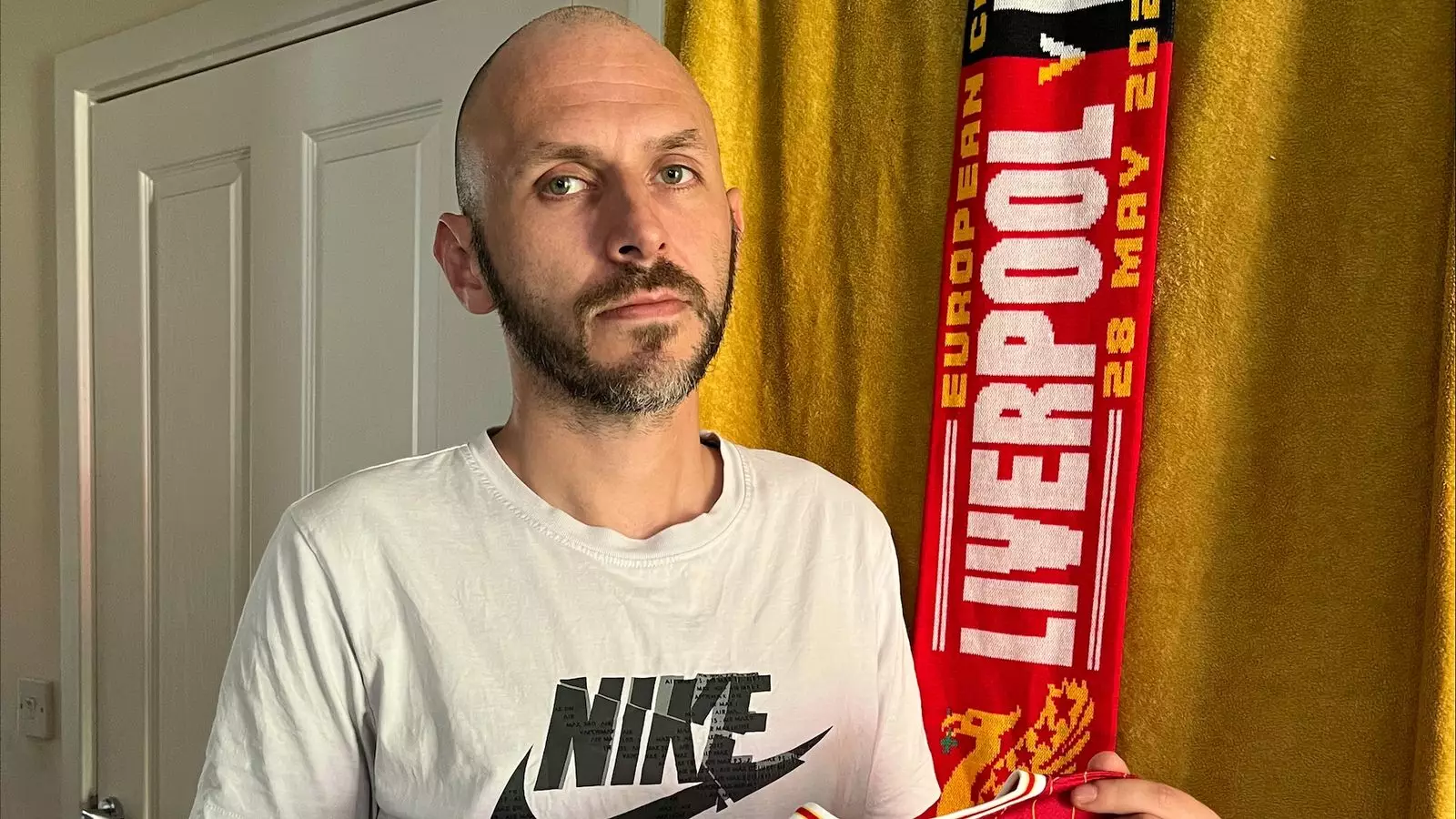What began as a jubilant celebration of Liverpool FC’s victory parade has turned into a harrowing nightmare for one family. The story of Daniel Everson, his partner Sheree Aldridge, and their five-month-old son Teddy serves as a stark reminder of how quickly joy can transform into tragedy. The reality is that this was supposed to be a day filled with euphoria, camaraderie, and a shared burst of joy with fellow fans. Instead, it evolved into a terrifying ordeal that might haunt their family for years to come.
Daniel, a devoted lifelong supporter of the ‘Reds’, was there to relish in the win with his loved ones when an unforeseen calamity struck. The sheer chaos and terror of the incident speak volumes about the lack of safety protocols in place during major public events. As he fought desperately to shield his family, Daniel’s instincts kicked in. His attempts to stop the oncoming vehicle, instinctive and brave as they were, highlight a larger issue: a glaring need for better crowd safety measures during large celebrations. The poor planning that allowed a vehicle to penetrate the crowd is both shocking and unacceptable. How many more families must suffer before authorities recognize this dangerous oversight?
The Impact of Violence on Innocence
Daniel’s recollections are haunting; from the moment he saw the vehicle approaching, his mind raced with a primal instinct to protect his family. “I tried to hold on to the front of the car…” he recalls. Such gut-wrenching moments are emblematic of the fears faced by many parents today. The instinct to protect children is primal, yet this instance represents a colossal failure of societal structure to ensure safety in public spaces. It is shocking to think that a supposed celebration could turn into a battleground, causing harm not just physically but also psychologically.
When the vehicle struck, the impact was devastating. The imagery of Teddy being flung 15 feet in his pram is a graphic reminder of how fragile life is. That a mere celebration could result in such chaos is enough to incite not just anger but an overwhelming sense of grief for lives disrupted. Parents should never have to grapple with such fears when attending public events. To Daniel, the emotional toll is staggering; one moment filled with ecstatic joy was replaced by cries for help and desperation. It raises the question: how well are we, as a society, safeguarding the most innocent among us?
A Call for Accountability
Amid the chaos, Daniel’s frustrations with the authorities are palpable. He stated that the situation was not handled properly, emphasizing a need for accountability. The arrest of a 53-year-old man on serious charges such as attempted murder and dangerous driving raises serious questions about how deeply ingrained issues of public safety are being addressed. The fact that such a dangerous individual was able to breach security at a public gathering is troubling. Who is accountable for ensuring that such atrocities do not happen again? The community deserves answers and preventative measures.
Moreover, the emotional aftermath of this trauma for Daniel, Sheree, and Teddy cannot be understated. Daniel described feeling “upset, angry, traumatized” and these words resonate with a universal truth: fear and anger are close companions in the wake of violence. As Sheree heals from her injuries—which include significant muscle damage—it is crucial for society to seek solutions that foster resilience instead of dread. Compassion should lead the way, not merely through heartfelt platitudes but through actionable public policy that prioritizes safety.
The Long Road Ahead
Though Daniel has returned home with Teddy, the journey toward emotional healing has just begun. The scars—both physical and psychological—remain, and it’s essential to consider what support this family, and families like theirs, will receive in the months and years ahead. A community must come together to ensure that they are not left to navigate this complex web of trauma alone.
As we process this tragic incident, it’s imperative to acknowledge the vulnerabilities in our systems that allow such events to happen. We must unite as a society to advocate for measures that safeguard our public spaces, ensuring they remain arenas of happiness, not horror. When celebration turns to tragedy, we bear witness not just to a failure in one gory moment, but also to a broader societal inadequacy that must change.

